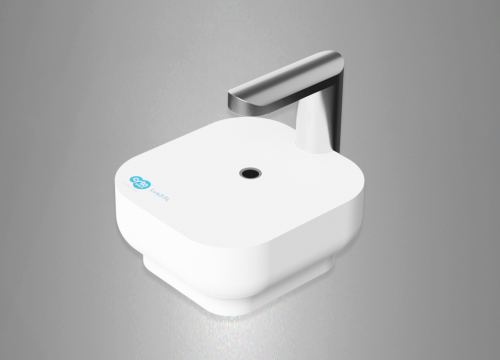Authors: Lam VK, Sharma P, Ngueyen T, Nehmetallah G, Raub CB, Chung BM.
Cytometry Journal of Quantitative Cell Science Volume 97, Issue 11, 2020
Cancer cells gain motility through events that accompany modulation of cell shape and include altered expression of keratins. However, the role of keratins in change of cancer cell architecture is not well understood. Therefore, we ablated the expression of keratin 19 (K19) in breast cancer cells of the MDA-MB-231 cell line and found that cells lacking K19 become more elongated in culture, with morphological reversion toward the parental phenotype upon transduction of KRT19. Also, the number of actin stress fibers and focal adhesions were significantly reduced in KRT19 knockout (KO) cells. The altered morphology of KRT19 KO cells was then characterized quantitatively using digital holographic microscopy (DHM), which not only confirmed the phenotypic change of KRT19 KO cells but also identified that the K19-dependent morphological change is dependent on the substrate type. A new quantitative method of single cell analysis from DHM, via average phase difference maps, facilitated evaluation of K19-substrate interactive effects on cell morphology. When plated on collagen substrate, KRT19 KO cells were less elongated and resembled parental cells. Assessing single cell motility further showed that while KRT19 KO cells moved faster than parental cells on a rigid surface, this increase in motility became abrogated when cells were plated on collagen. Overall, our study suggests that K19 inhibits cell motility by regulating cell shape in a substrate-dependent manner. Thus, this study provides a potential basis for the altered expression of keratins associated with change in cell shape and motility of cancer cells.
